Dawn - Late Varieties...
ReedBaize
11 years ago
Related Stories
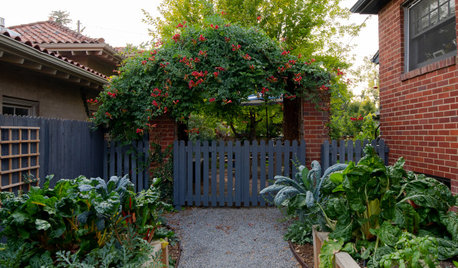
GARDENING GUIDES12 Edibles Perfect to Plant in Late Summer
Keep those homegrown vegetables and greens coming well into fall
Full Story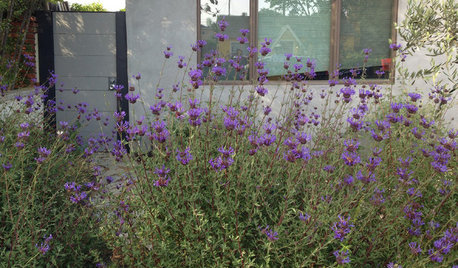
GARDENING GUIDES10 Late-Winter and Early-Spring Bloomers for the West
Tired of waiting for spring to arrive? Try these drought-tolerant, flowering plants for color that starts in late winter
Full Story
FLOWERS AND PLANTSRudbeckia Laciniata Enlivens Late-Season Shady and Sunny Sites
Give long-blooming, towering cutleaf coneflower room to spread in U.S. gardens for maximum rewards
Full Story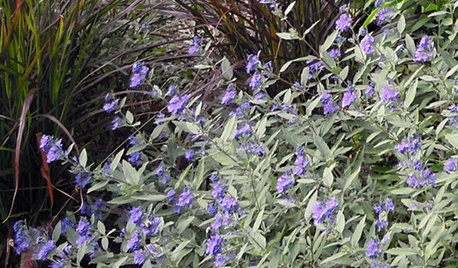
SHRUBS5 Glorious Late-Season Shrubs
Spilling over with berries or bursting with blooms, these stunning underused shrubs keep the garden party going through fall
Full Story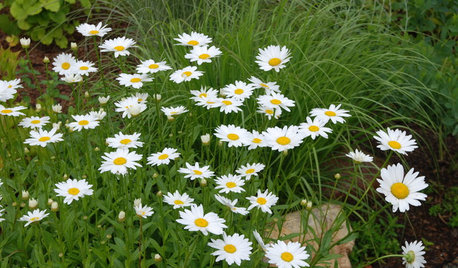
FLOWERSBest Cutting-Garden Beauties for Late Summer
Pick blooms bursting with color or in classic white for bouquets to give away or keep all to yourself
Full Story

GARDENING GUIDES6 New Plant Varieties That Beat Out Their Parents
With better resistance and fewer demands, these garden beauties are worth a spot on your wish list
Full Story
ORANGEPaint Picks: How to Choose the Right Coral
Don't Be Afraid to Try the Eye-Catching Colors of Dawn and Dusk
Full Story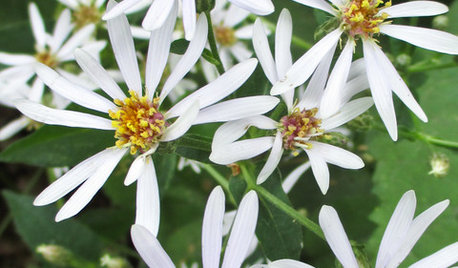
GARDENING GUIDESGreat Design Plant: Eurybia Macrophylla Fills a Void
Plant bigleaf aster in late fall for late-summer color in the shade garden
Full Story
EDIBLE GARDENSSummer Crops: How to Grow Squash
Almost foolproof and with cheerful flowers, squash comes in a wide range of varieties to plant in spring
Full StorySponsored
More Discussions







Okiedawn OK Zone 7
ReedBaizeOriginal Author
Related Professionals
Hershey Landscape Architects & Landscape Designers · Oatfield Landscape Architects & Landscape Designers · Redondo Beach Landscape Architects & Landscape Designers · Peabody Landscape Contractors · Columbine Landscape Contractors · Newnan Landscape Contractors · Parkland Landscape Contractors · Whittier Landscape Contractors · Bloomington Decks, Patios & Outdoor Enclosures · Inwood Decks, Patios & Outdoor Enclosures · La Palma Decks, Patios & Outdoor Enclosures · Markham Decks, Patios & Outdoor Enclosures · Owings Mills Decks, Patios & Outdoor Enclosures · Riverside Decks, Patios & Outdoor Enclosures · Wheaton Decks, Patios & Outdoor EnclosuresOkiedawn OK Zone 7
ReedBaizeOriginal Author
Okiedawn OK Zone 7
helenh